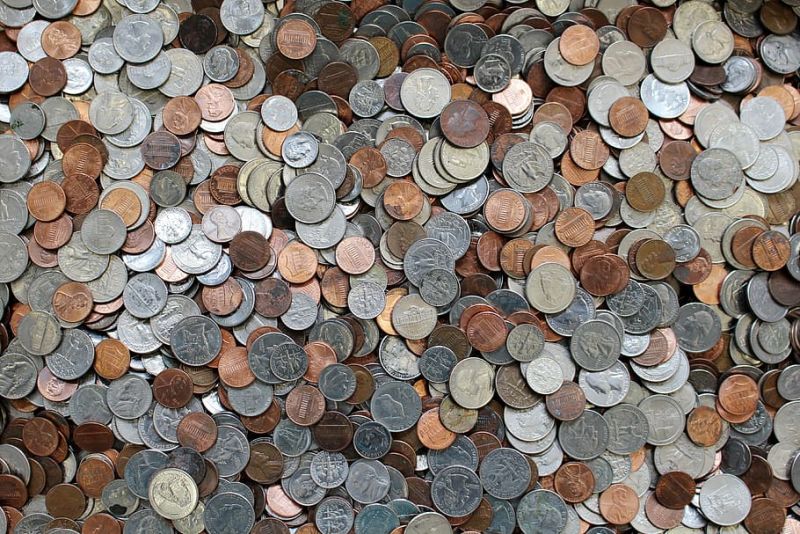**Reposting as I keep hearing and seeing news stories that mention it but don’t go into much detail**
**Disclaimer: This is going to get more than a bit nerdy about physical money supply and its circulation in the US economy, you have been warned**
So there is a problem in the US money supply due to Covid-19. It’s not an existential threat, more of a strange quirk on how we use money in the US that has had a wrench thrown in it by Covid-19.
There’s a coin shortage in the US at the moment. This is due to a few different factors.

1. The durability of coins
Coins, while expensive to produce (relative to their face value) last a very long time. Normally I’d ask you to empty your pocket and look at the age of coins but since nowadays we’re lucky to just be wearing pants I’ll ask you to check your change jar if you don’t believe me. I’m 35 and it’s very normal for me to find coins older than me in regular circulation, it’s actually less common to find coins made in the last couple years.
2. The re-circulation of physical money
Physical money (dollars and coins) is managed and distributed by the Federal Reserve system. This means before a dollar bill or quarter several times in it’s life passes through the Federal Reserve. The Fed is who distributes money created by the Mint, they take and hold deposits from financial institutions, check it for damage/counterfeit and then either send it back to banks or destroy it.
3. Difficulty of creation of new coins
Due to the issues we are all very well aware of companies adjust manufacturing process to reduce risk. The mint had also done this which has reduced the production of new coins. Also it doesn’t normally make that many coins due to point 1.
4. Reduction of cash spending
So as most of us aren’t going around spending cash, getting change in our pockets and giving it to the next vendor. Even when we do spend cash that back and forth isn’t happening. The change you’re given from the $10 at the coffee shop goes in your pocket then change jar as there is nowhere else to go.
All of this boring tedium of physical monetary management (I warned you this would be boring) dds up the problem of a coin shortage. Or as the Federal Reserve calls it ‘A shortage of coins in circulation’ as there are’t less coins in production just less coins moving through the economy.
While this all seems pretty silly (and it kind of is) this is a relatively serious problem and the Federal Reserve is running out of coin. They’ve even created a task force to figure out what to do.
Why should I care?
If you enjoy the process of getting or giving exact change (if you give it, you’re a monster) then this is a problem for that. I personally believe we should get rid of the penny and probably the nickel. This seems like a good opportunity to do just that, but that’s off topic.
What can I do?
Take your coin jar and deposit it at your local bank branch. Hell I bet most kids nowadays have never put coins in a roll and it seems like something you could do to keep them busy. Even pay them, they get 1/2 the value of coins they roll. US Bank has some branches with a coin counter you dump everything in and get a receipt and if you’re a customer they give you cash or deposit it without a fee. Avoid the grocery store kiosks as they take a substantial cut of it.
The fed is even trying to use the socials with the hashtag #getcoinmoving to encourage people to return coins to their bank so that they re-enter circulation.
Bonus Fact Time!
If you’ve made it this far here’s a fun tidbit of knowledge that will impress your friends (probably not unless they’re extremely nerdy). The Federal Reserve had a standing recommendation to congress/the treasury to replace the dollar bill with a dollar coin for decades. This was because even though a coin was more expensive to produce it’s lifetime was decades longer so it would eventually save the government hundreds of millions of dollars per year in printing costs for the $1 dollar bill. In the last few years though the average lifespan of the 1 dollar bill has gone from 1 year in ~2000 to 7 years in 2018 meaning this recommendation doesn’t hold anymore and current Fed advice is that the cost of a transition wouldn’t pay off enough to be worth it at this point with the reduction in cash spending in the US economy.